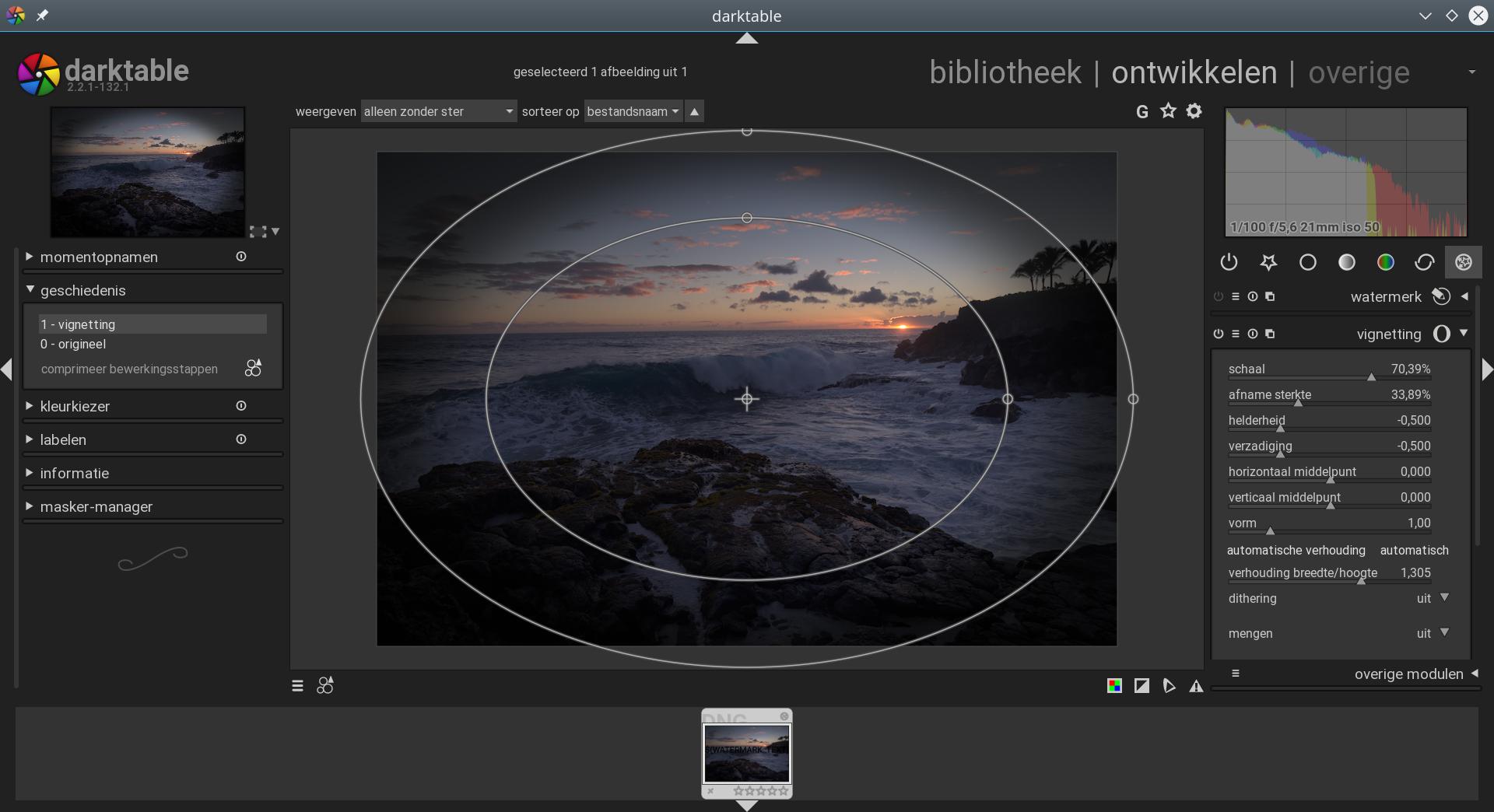

Three alternative methods are provided to do this: 🔗manually draw structure lines

The first step is to obtain details about the horizontal and/or vertical structures in the image. 🔗perspective correction workflow 🔗structure This will cause the rotation parameter to be automatically adjusted to make the drawn line horizontal/vertical with respect to the image frame. While the module is active (and none of the structure buttons are selected) you can right-click and drag anywhere on the image to define a horizontal or vertical line. Click the “perspective” header to expand the controls. Based on these (automatic or manually-drawn) line segments a fitting procedure is initiated, which determines the best values for the module’s parameters.Īs the most common use case for this module is for rotation, the perspective correction controls are hidden by default. You can also set the line structures manually by drawing a “perspective rectangle” or drawing multiple horizontal and vertical lines onto the image. In order to perform automatic correction the module is able to analyze the image for suitable structural features consisting of line segments. Corrections can be applied in a vertical and horizontal direction, either separately or in combination. This module is able to correct converging lines by warping the image in such a way that the lines in question become parallel to the image frame.

Converging lines are a special case of perspective distortions frequently seen in architectural photographs – parallel lines, when photographed at an angle, are transformed into converging lines that meet at some vantage point within or outside of the image frame. Perspective distortions are a natural effect when projecting a three dimensional scene onto a two dimensional plane and cause objects close to the viewer to appear larger than objects further away. This module also allows for the rotation of the image to be adjusted. The underlying mechanism is inspired by Markus Hebel’s ShiftN program. Automatically correct for converging lines, a form of perspective distortion.


 0 kommentar(er)
0 kommentar(er)
